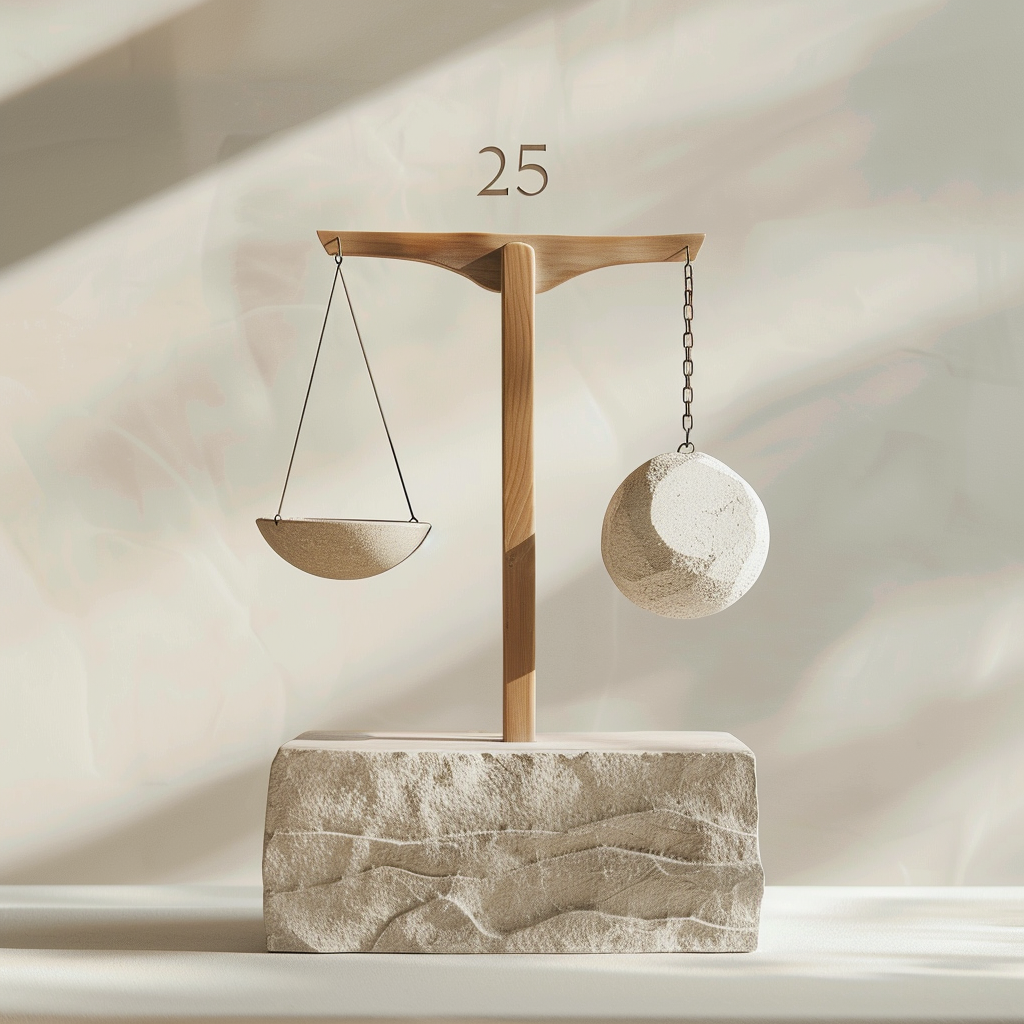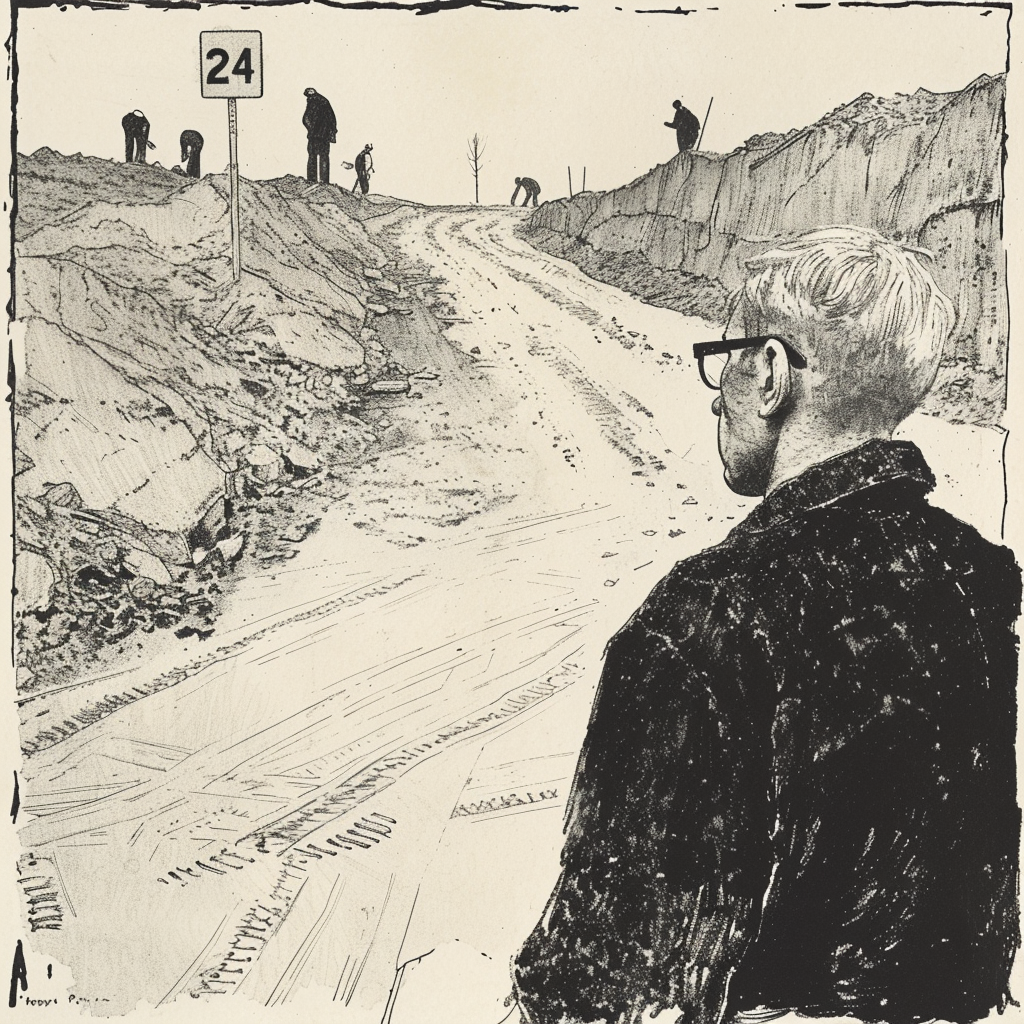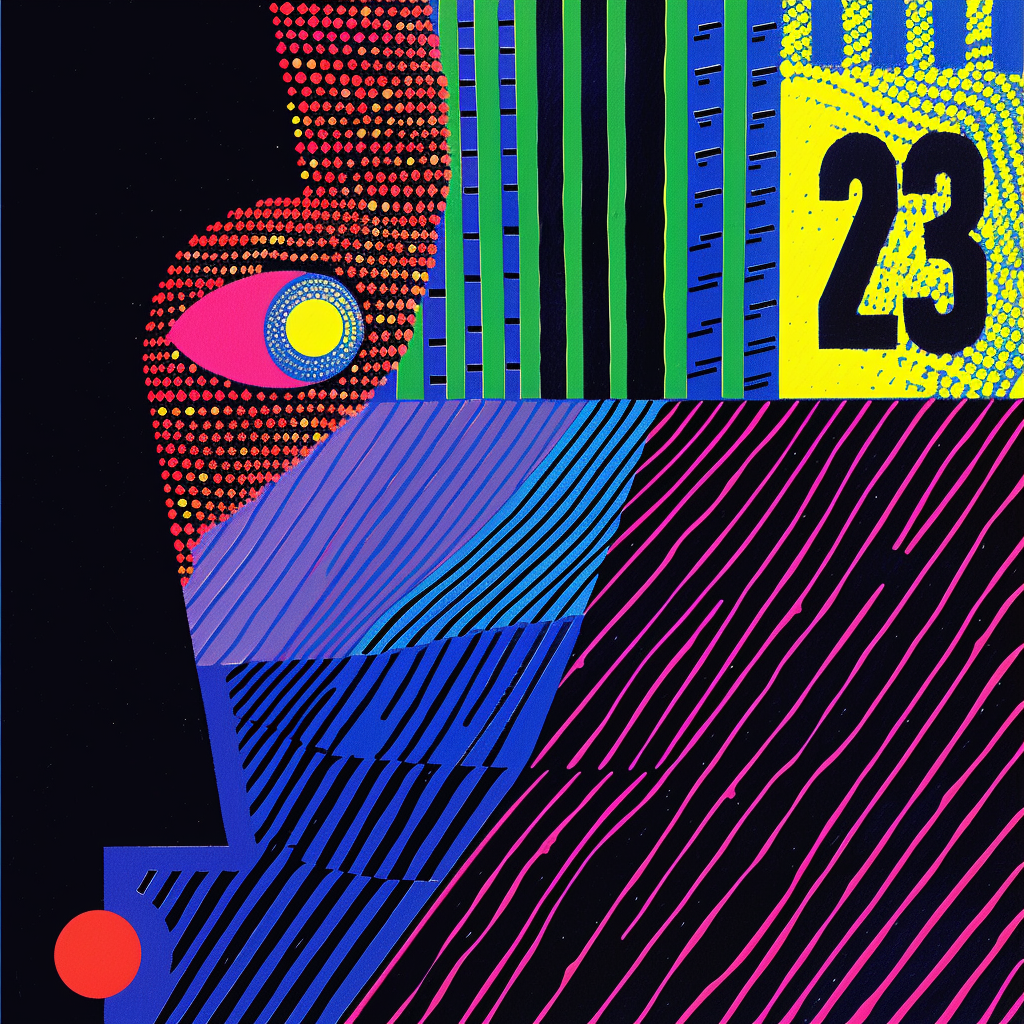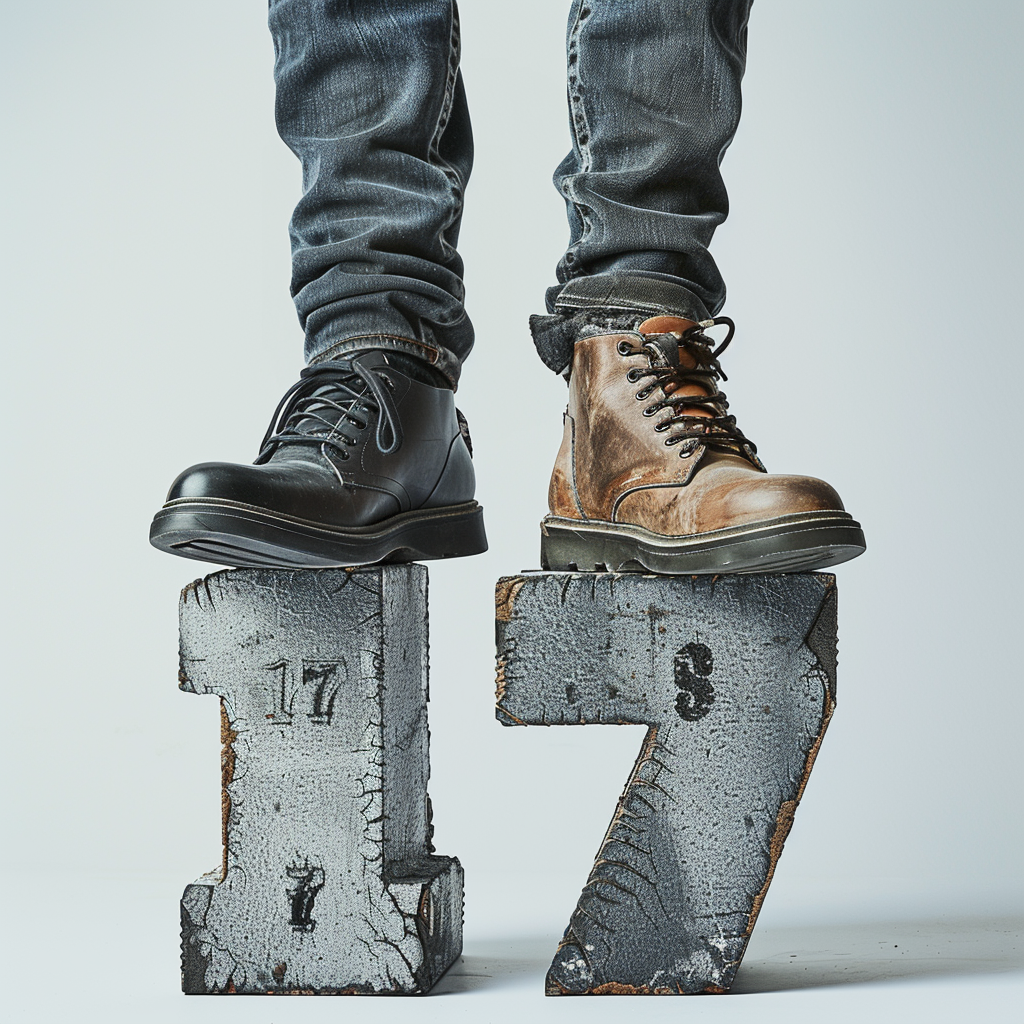That moment, that experience that resonates with you in ways that so many times are personal and contextual, is a magic thing. Chasing it can become the ‘holy grail’, and therefore aiming for what is possible, for what is good enough will always be the challenge.
Zemanel
TWENTY-FOUR
Designers have traditionally stayed away from these concepts, there are exceptions and I believe this is changing in the last 10 to 20 years, designers are more and more designing with a strong understanding of who is “digging the ditches”, challenging themselves and others to act with morality towards the larger community and the planet we inhabit, sometimes at their peril and even when they realize, they too, have ‘glass ceilings’. This is not just the work of designers, but we are part of the problem, and of the solution.
TWENTY-THREE
A future where the only thing the models can’t do is what they are doing now and we so much want to eradicate, humans will be the ones able to hallucinate and to laugh at the absurdity of it all. In this context, life would be creative, artistic, expressionist, experiential, exploratory in nature, chaos and madness redefined, just to stay human, outside of the loop in this case.
TWENTY-TWO
I’m going to look more attentively at the fringes and identify seeds of ideas and projects that may benefit more from my resources to grow, I want to think of a way to volunteer my resources to human beings that will allow them to volunteer their resources, providing this way the time and space for them to be agents of transformation via their volunteering. Not sure how, but now that I am aware, change has started.
TWENTY-ONE
And when that thought hits you, you end up thinking how you would face a diagnosis like this, how would you say goodbye, how elegantly would you recognize others, how eloquently you would be able to share it, and would it matter. For so many that die from cancer and have no writing skills like Simon, not even a life in the limelight, a valuable life at the service of others, their deaths are as relevant and meaningful, and Simon writes in their name also. Pause to breath. Celebrate life. Live.
TWENTY
The more commoditized products are, the more important services becomes, the more crucial it becomes to understand what makes customers tick, what creates great memories, what makes them talk and write about it.
NINETEEN
I was reflecting on the different founders that showed up, with start-ups in different industries, all more or less in the same early level of maturity, from different parts of the world, all so different and yet, all so alike. To be honest, after having been a founder myself, after so many pitches, so many stories of success and failure, I still can’t really say what makes a successful start-up.
EIGHTEEN
But this constant focus on inquiry is tiring and limits other faculties. In my case, my question ability many times decreases with my ability to listen, my brain is wired in such a way that as soon as I am listening to something I am posing questions in my brain, and the fact that is dedicating energy in doing so, distracts me from really listening attentively. But unless I find a mechanism to capture my question, I listen carefully and forget all the questions I had.
SEVENTEEN
And while you do need to understand the entire organization, how it operates, how it makes money, why do people decide the way they do, if there is any sort of empathy, it needs to be aimed at those that are many times treated like a number, those that need to use these products and services to get their jobs done, those that silently comply or abandon companies without complaining, or complain and risk being booted because they are seen as trouble makers. And you know what, when this is well done, it is good design, and it is good business.
SIXTEEN
I saw a movie called The Taste of Things, I was driven to it because I love movies and other things about cooking, and because I tend to assume any movie with Juliette Binoche is worth seeing. It is about cooking, but also about many other things that made me reflect.









